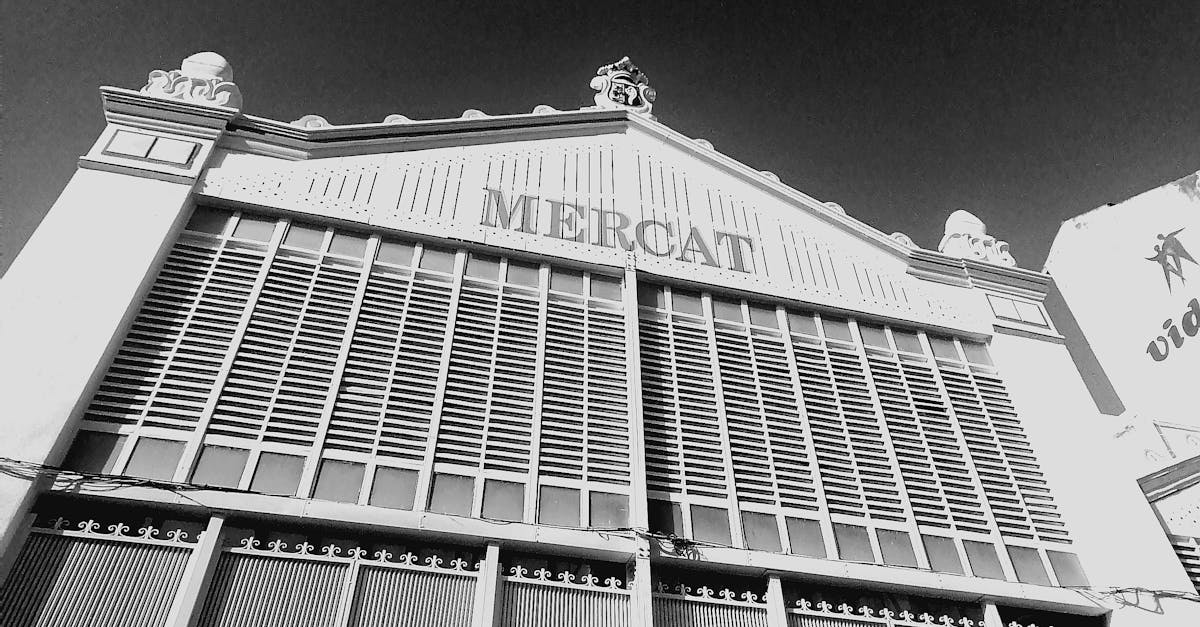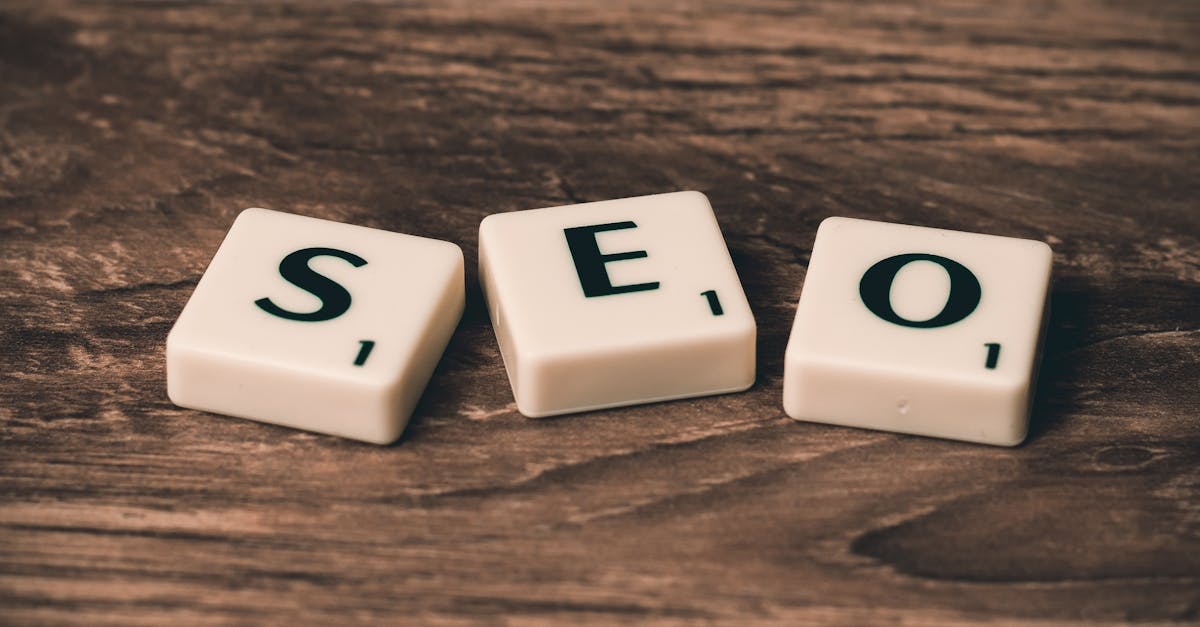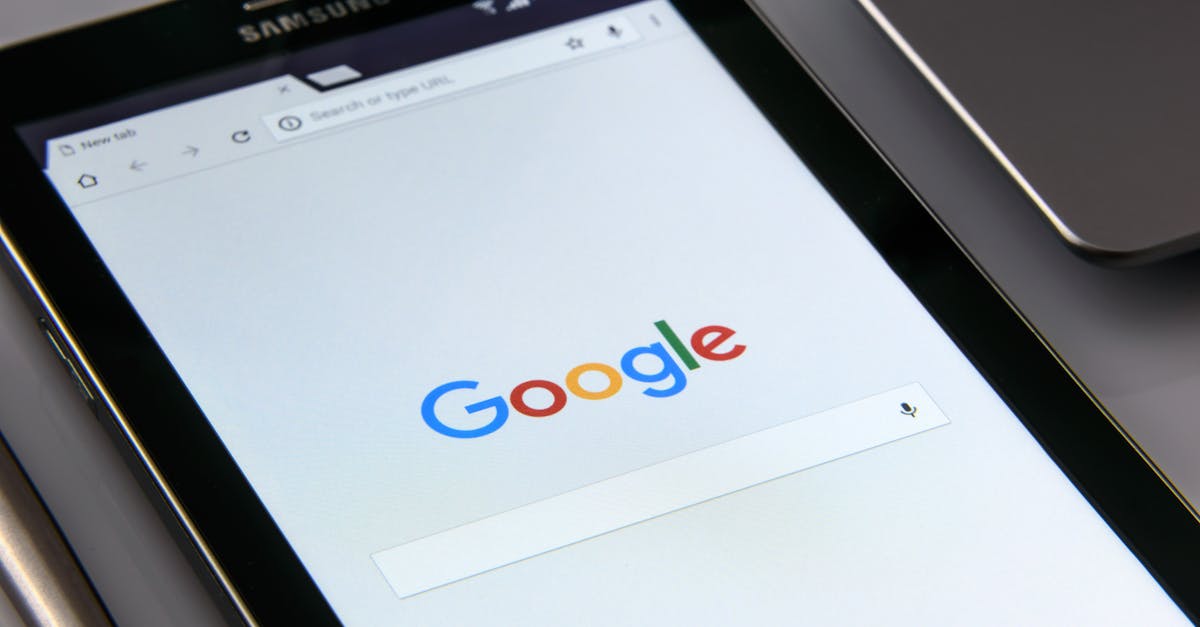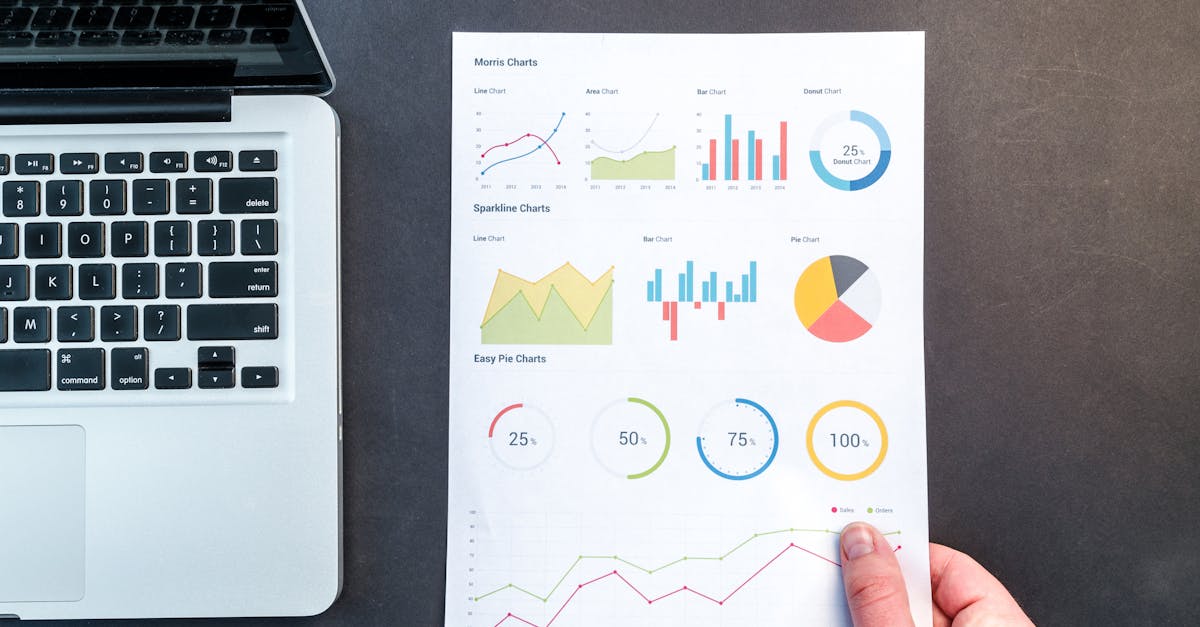
Table Of Contents
Analyzing Conversion Rate (CR)
Analyzing the conversion rate (CR) is essential for optimising Pay-Per-Click (PPC) Advertising campaigns. The CR represents the percentage of visitors who complete a desired action after clicking on an ad, such as making a purchase or signing up for a newsletter. High conversion rates indicate effective ad targeting and compelling landing pages, while low rates may suggest that adjustments are needed to enhance user experience and messaging.
Effective management of CR involves continuous monitoring and testing. Marketers often implement A/B testing to evaluate different ad copies, visuals, and landing page designs. This process helps identify which elements resonate best with the audience. By understanding what drives conversions, businesses can make informed decisions to maximise the return on investment from their Pay-Per-Click (PPC) Advertising efforts.
Understanding the Role of CR in PPC
Conversion Rate (CR) is a critical metric in Pay-Per-Click (PPC) Advertising, as it measures the effectiveness of your ads in converting clicks into actual sales or leads. A higher CR indicates that your advertising efforts are resonating well with your target audience. Understanding your CR allows businesses to refine their strategies, ensuring that their campaigns not only attract clicks but also drive valuable actions from potential customers.
In the context of PPC, a strong CR can lead to a more efficient use of budget and resources. Advertisers can optimise their keyword selections, ad copy, and landing pages based on this metric to enhance performance. Ultimately, understanding the role of CR helps businesses assess their campaigns' viability, ensuring that each dollar spent on Pay-Per-Click (PPC) Advertising yields the best possible returns.
Calculating Return on Investment (ROI)
Calculating Return on Investment (ROI) for Pay-Per-Click (PPC) Advertising is essential to determine the effectiveness of your campaigns. To calculate ROI, begin by assessing the total revenue generated from the PPC efforts. This number must then be compared to the total costs incurred for those campaigns, which includes the spending on ads, any associated platform fees, and the resources allocated to managing these campaigns. The formula for ROI is typically expressed as [(Revenue - Cost) / Cost] x 100, resulting in a percentage that reflects the effectiveness of the advertising spend.
Understanding the results of the ROI calculation is crucial for refining PPC strategies. A positive ROI indicates that the revenue generated outweighs the costs, suggesting that the PPC campaign is successful. Conversely, if the ROI is negative, it may signal that adjustments are needed in targeting, ad copy, or budgeting. By regularly monitoring and recalculating ROI, businesses can optimise their Pay-Per-Click (PPC) Advertising efforts, ensuring they allocate resources effectively while maximising profitability.
Measuring Success through ROI
Calculating Return on Investment (ROI) in Pay-Per-Click (PPC) Advertising serves as a critical benchmark for assessing the effectiveness of campaigns. It helps marketers understand the financial returns generated from their advertising spend. By evaluating the direct revenue attributable to PPC campaigns against the total costs incurred, businesses can determine whether their strategies are yielding profitable results or if adjustments are needed.
An effective ROI calculation involves tracking metrics like conversion rates, average order values, and overall advertising budgets. These figures allow marketers to identify trends and make data-driven decisions. Regular analysis of ROI not only provides insights into current performance but also helps inform future advertising investments and optimisations in Pay-Per-Click (PPC) Advertising strategies.
Factors Affecting PPC Costs
Several factors influence the costs associated with Pay-Per-Click (PPC) Advertising, starting with keyword selection. Highly competitive keywords tend to drive up the cost per click, as numerous advertisers bid on the same terms. Advertisers must conduct thorough research to identify both high-traffic and less competitive keywords that can generate quality leads without excessively inflating costs. The relevance of these keywords to the target audience plays a critical role in determining campaign efficiency and effectiveness.
Another significant factor is the quality score assigned by advertising platforms like Google Ads. This score evaluates the relevance of ads, keywords, and landing pages, directly impacting CPC (cost per click). A higher quality score can lower costs, while a lower score can escalate expenses, making it essential for advertisers to focus on creating high-quality content that resonates with potential customers. Additionally, seasonal trends and ad placements can further affect PPC costs, as certain times of the year or specific platforms may see increased competition.
Key Elements Influencing Pricing
Several factors significantly influence the pricing structure of Pay-Per-Click (PPC) Advertising. One primary element is keyword competitiveness. More businesses targeting the same keywords means higher bids are often required to secure ad placements. This competition can lead to fluctuating costs based on real-time auction dynamics. Advertisers need to strategically select keywords that align with their budget and objectives, balancing between high-traffic terms and niche options.
Another critical element is the quality score assigned by search engines. This score assesses the relevance and quality of the ads, keywords, and landing pages. A higher quality score often results in lower costs per click, allowing advertisers to maximise their budget more effectively. Focusing on improving ad relevancy and user experience can ultimately lower overall PPC expenses and improve campaign performance.
FAQS
What is pay-per-click (PPC) advertising?
Pay-per-click (PPC) advertising is an online marketing model where advertisers pay a fee each time one of their ads is clicked. It’s a way of buying visits to your site rather than attempting to “earn” those visits organically.
How do I calculate my PPC costs?
To calculate your PPC costs, you can use the formula: Total Cost = Number of Clicks x Cost per Click (CPC). This will give you the total amount spent on your PPC campaign.
What is the conversion rate in PPC?
The conversion rate (CR) is the percentage of users who take a desired action after clicking on your ad, such as making a purchase or signing up for a newsletter. It is calculated by dividing the number of conversions by the total number of clicks and multiplying by 100.
Why is ROI important in PPC campaigns?
Return on Investment (ROI) is crucial in PPC campaigns as it helps you measure the effectiveness and profitability of your advertising efforts. A positive ROI indicates that your campaign is generating more revenue than it costs to run.
What factors can affect my PPC costs?
Several factors can influence your PPC costs, including your industry, competition, keywords, ad quality, and targeting options. Understanding these elements can help you optimise your campaigns for better performance and cost-effectiveness.

















































